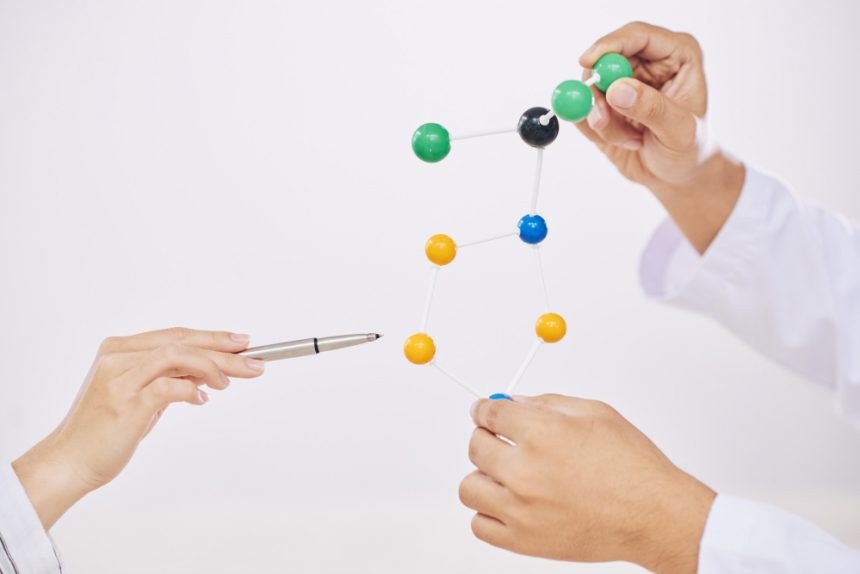Understanding the core concepts of energy and motion can sometimes seem daunting, especially when trying to grasp their more complex aspects through classical textbooks or abstract theories. However, one of the most effective ways to learn science is through hands-on experimentation. Simple experiments not only make these ideas more accessible but also foster curiosity, spark innovation, and build foundational knowledge across all age groups.
- Exploring the Interplay Between Energy and Motion Through Everyday Experiments
In this article, we’ll delve into the fundamental principles of energy and motion through engaging, easy-to-follow experiments that turn complex scientific ideas into tangible experiences. These activities serve as stepping stones towards understanding the fascinating interplay between energy and motion and inspire learners of all ages to explore the physical world with confidence and enthusiasm.
Exploring the Interplay Between Energy and Motion Through Everyday Experiments
The Relationship Between Energy and Motion
At the heart of physics lies the relationship between energy and motion. Simply put, energy is the capacity to do work, while motion refers to the movement of an object from one place to another. The connection between these principles forms the backbone of many natural phenomena—from the swinging of a pendulum to the acceleration of a rolling ball.
Practical Activities to Illuminate Key Concepts
1. The Pendulum: Demonstrating Potential and Kinetic Energy
Objective: Observe the transformation between potential energy and kinetic energy.
Materials Needed: A simple pendulum—such as a weight tied to a long string or a sturdy stick hanging from a ceiling.
Procedure:
- Pull the pendulum back to a certain height.
- Release it and observe the motion as it swings downward, crossing the lowest point with maximum speed.
- Watch as it rises back up on the other side, losing speed and height.
What You Learn:
During the ascent, the pendulum’s energy is mostly potential energy due to its height. As it swings downward, this potential energy converts into kinetic energy—the energy of motion. When it reaches the highest point again, the kinetic energy is at a minimum, and potential energy is at its maximum. This continuous energy transformation illustrates the conservation of energy and the cyclical nature of motion.
2. Rolling and Sliding: Exploring Friction and Energy Loss
Objective: Understand how friction affects energy and motion.
Materials Needed: A flat surface (like a wooden plank or marble table), various rolling objects (balls, toy cars), and sliding objects (cards, books).
Procedure:
- Roll different balls or cars across the surface; notice how they speed up and slow down.
- Try sliding objects instead of rolling and compare how they behave.
- Introduce different surfaces (carpet, smooth tile) and observe changes in movement.
What You Learn:
Friction—both between objects and the surface—dissipates kinetic energy as heat, causing objects to slow down. The experiment underscores how energy isn’t lost but transforms into other forms, illustrating energy conservation and the real-world factors affecting motion.
3. The Inclined Plane: Measuring Acceleration and Energy Transfer
Objective: Explore acceleration, gravity, and energy transfer.
Materials Needed: A smooth inclined plane (a ramp), small objects like marbles or toy cars, a ruler or measuring tape.
Procedure:
- Place an object at the top of the incline and release it.
- Measure the distance traveled and the time taken for the object to reach the bottom.
- Repeat with different angles of incline.
What You Learn:
Objects accelerate as they descend, demonstrating how gravity imparts energy, converting potential energy at the top into kinetic energy at the bottom. The steeper the incline, the faster the object accelerates—a practical illustration of how energy influences motion under gravity.
Bringing It All Together: From Hands-On Experiments to Conceptual Understanding
These experiments, though simple, open the door to deep scientific understanding. They showcase fundamental ideas such as energy conservation, transfer, transformation, and how external factors like friction and gravity influence motion.
For educators, parents, and curious learners, these activities serve as engaging entry points to more complex concepts like work-energy principles, mechanical advantage, and even advanced topics like thermodynamics and quantum mechanics. The key takeaway is that complex scientific theories often originate from observable, everyday phenomena—making the mastery of energy and motion accessible to learners of all ages.
Inspiring Curiosity and Critical Thinking
Encouraging experimentation nurtures critical thinking. When students observe motion change or energy transfer, they are prompted to question why these phenomena occur, fostering a scientific mindset. Repeating experiments, varying conditions, and documenting results transform passive observation into active investigation—a crucial skill in the pursuit of scientific understanding.
Final Thoughts: Making Science Engaging and Accessible
Understanding the complex dance between energy and motion no longer needs to be confined to textbooks or classroom lectures. Through simple, practical experiments, learners of all ages can witness fundamental principles in action, fueling curiosity and inspiring the next generation of scientists and engineers.
By turning everyday objects into scientific tools, we demonstrate that science isn’t just a subject—it’s a way of seeing the world. Whether it’s a pendulum swinging, a ball rolling, or an object sliding down a ramp, these experiments make the invisible forces and behind-the-scenes energy transformations beautifully visible and understandable.
So gather some materials, set up your experiments, and immerse yourself in the fascinating world of energy and motion—because understanding the universe begins with a single simple step: a curious mind and a hands-on approach.





